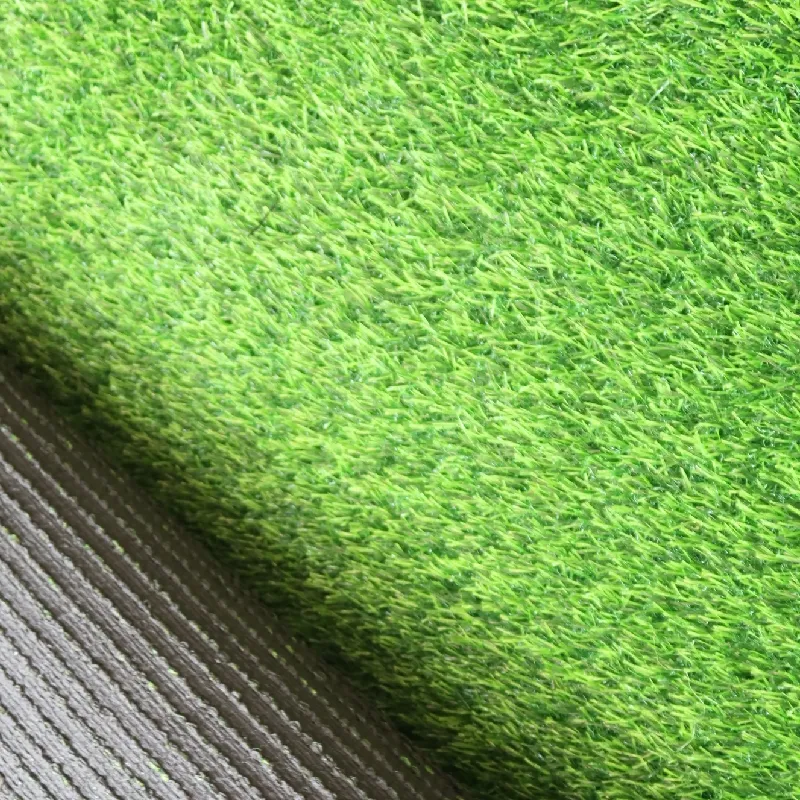
- Afrikaans
- Arabic
- Belarusian
- Bengali
- Czech
- Danish
- Dutch
- English
- Esperanto
- Estonian
- Finnish
- French
- German
- Greek
- Hindi
- Hungarian
- Icelandic
- Indonesian
- irish
- Italian
- Japanese
- kazakh
- Rwandese
- Korean
- Kyrgyz
- Lao
- Latin
- Latvian
- Malay
- Mongolian
- Myanmar
- Norwegian
- Persian
- Polish
- Portuguese
- Romanian
- Russian
- Serbian
- Spanish
- Swedish
- Tagalog
- Tajik
- Thai
- Turkish
- Turkmen
- Ukrainian
- Urdu
- Uighur
- Uzbek
- Vietnamese
artificial turf construction
Dec . 03, 2024 12:14 Back to list
The Art and Science of Artificial Turf Construction
In recent years, the popularity of artificial turf has surged remarkably across various sectors, including residential lawns, sports fields, and commercial landscapes. While the appeal of a lush, green lawn that requires minimal maintenance is undeniable, the construction of artificial turf involves a meticulous process that combines engineering, design, and sustainability principles. Understanding the intricate steps of artificial turf construction can help both homeowners and facility managers make informed decisions about this increasingly popular option.
The Importance of Site Preparation
Before laying down artificial turf, adequate site preparation is crucial. This phase involves several steps to ensure a properly constructed surface. Initially, the area should be cleared of any existing vegetation, debris, and dirt. Once the site is cleared, the ground must be leveled and graded. A well-prepared base is essential, as it ensures proper drainage and prevents uneven surfaces that could lead to damage over time.
Next, a gravel base, often made of crushed stone or sand, is laid down. This layer helps with drainage and provides stability. The thickness of the gravel can vary, but it’s typically around 3 to 4 inches. After the gravel is installed, it's compacted to create a stable foundation. Proper drainage is vital because standing water can lead to mold and degradation of the turf over time.
Selecting the Right Turf
Choosing the appropriate type of artificial turf is a crucial decision in the construction process. With a plethora of options available, it’s essential to consider factors such as the turf’s intended use, the desired aesthetic, and the level of foot traffic it will endure. For example, sports fields require turf that can withstand the rigorous demands of athletes, while residential lawns might focus more on appearance and comfort.
Artificial turf is typically made from synthetic fibers, with materials ranging from polyethylene to nylon. Each type offers different benefits nylon is durable and resilient, making it suitable for high-traffic areas, while polyethylene provides a softer feel, ideal for residential applications. Companies often provide samples for potential buyers to evaluate texture and color, ensuring they select the best product for their needs.
Installation Process
artificial turf construction

Once the site is prepared and the appropriate turf is selected, the installation process begins. It starts with rolling out the turf sections on the prepared base. Precision is key in this phase; seams should be tightly joined to prevent visible lines and enhance the overall aesthetic. Turf should be aligned carefully to maintain a uniform appearance.
After laying the turf, securing it is the next step. This is typically accomplished using nails or staple pins around the perimeter to ensure the turf remains in place against wind and foot traffic. For larger areas, it may also involve adhesive seams to provide additional durability.
Then, infill materials such as rubber granules or sand are added to the turf. Infill serves multiple purposes it stabilizes the turf, provides cushioning, and enhances the overall appearance. The choice of infill material can significantly impact the turf's performance, particularly in terms of shock absorption and moisture retention.
Maintenance and Longevity
One of the significant benefits of artificial turf is its low maintenance requirement compared to natural grass. However, regular upkeep is still essential to maintain its appearance and functionality. This includes periodic brushing to keep the fibers upright, removing debris, and checking for any shifts or damage in the seams.
Despite being designed for durability, artificial turf does have a lifespan that typically ranges from 10 to 15 years, contingent upon maintenance and usage levels. After this period, it may be time to consider replacement or refurbishment, ensuring that the surface remains safe and visually appealing.
Conclusion
Artificial turf construction is a complex but rewarding process that involves careful planning and execution. As the demand for sustainable landscaping solutions continues to grow, the benefits of artificial turf—its aesthetic appeal, minimal maintenance, and environmental advantages—are likely to make it an attractive option for many. Understanding the nuances of its construction allows decision-makers to create beautiful, functional spaces that stand the test of time.
-
The Benefits of Artificial Turf for Indoors
NewsJul.15,2025
-
How Artificial Grass Suppliers Ensure Quality Products
NewsJul.15,2025
-
Artificial Grass and Pets: A Space for Relaxation
NewsJul.08,2025
-
Balcony & Outdoor Decoration with Artificial Grass
NewsJul.08,2025
-
Best Indoor Artificial Grass for Home
NewsJul.07,2025
-
Best Pet Turf for Dogs: Safe & Durable Artificial Grass Options
NewsJul.07,2025
Products categories









